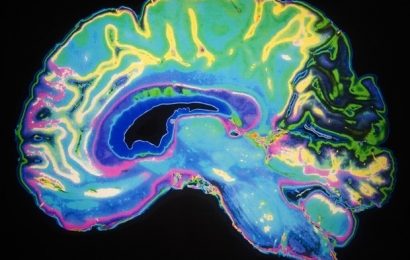
Racial/ethnic, sex, and insurance-based disparities are seen in acne care, according to a study published online Feb. 5 in JAMA Dermatology.
John S. Barbieri, M.D., from the Perelman School of Medicine at the University of Pennsylvania in Philadelphia, and colleagues conducted a retrospective cohort study to identify potential disparities in acne care. Data were included for 29,928 patients.
The researchers found that non-Hispanic black patients were more likely to be seen by a dermatologist than non-Hispanic white patients (odds ratio, 1.20), but they received fewer prescriptions for acne medications (incidence rate ratio, 0.89). Compared with non-Hispanic white patients, non-Hispanic black patients were more likely to receive prescriptions for topical retinoids and topical antibiotics (odds ratios, 1.25 and 1.35, respectively) and were less likely to receive prescriptions for oral antibiotics, spironolactone, and isotretinoin (odds ratios, 0.80, 0.68, and 0.39, respectively). The likelihood of being prescribed isotretinoin was higher for male patients versus female patients (odds ratio, 2.44). Patients with Medicaid were less likely than those with commercial insurance to see a dermatologist (odds ratio, 0.46) or to be prescribed topical retinoids, oral antibiotics, spironolactone, and isotretinoin (odds ratios, 0.82, 0.87, 0.50, and 0.43, respectively).
“Our findings suggest the presence of racial/ethnic, sex, and insurance-based disparities in health care use and treatment for acne and raise particular concern for undertreatment among racial/ethnic minority and female patients,” the authors write.
Source: Read Full Article


